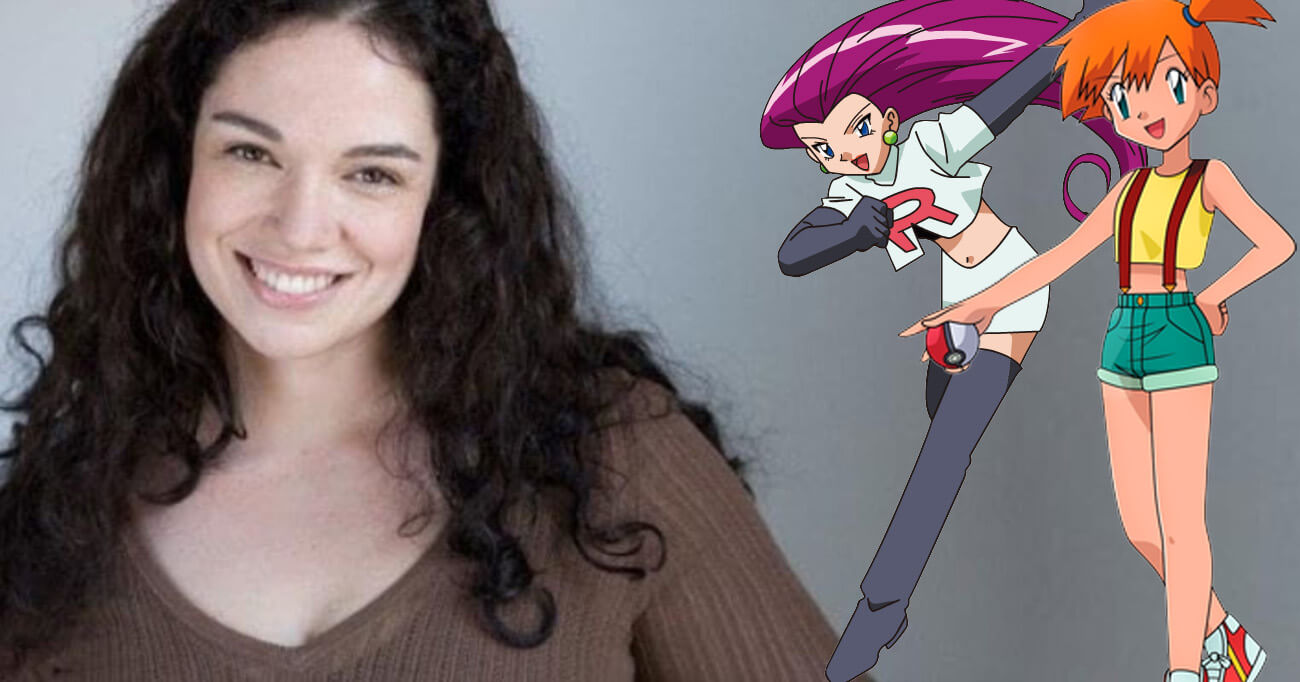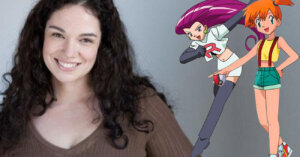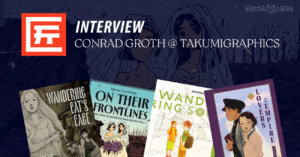On August 10, 2024, voice actress Rachael Lillis passed away after her battle with cancer. Over the past three decades, Lillis had voiced a variety of memorable characters in anime dubs, from Utena Tenjo in Revolutionary Girl Utena to Mito Freecss in Hunter x Hunter. However, she was perhaps best known for her dual roles in the original localization of the Pokémon anime – Ash Ketchum’s pal, Misty, and Team Rocket’s Jessie. If the reactions to her passing on social media were any indication, Misty and Jessie hadn’t just been beloved characters but deeply formative ones, revealing that she’d had a bigger impact on the global franchise and multiple generations of its fans than many people had previously thought.
To understand what Misty and Jessie did for Pokémon, we have to go back to the late ‘90s. It was an era in which anime was proving itself to be a quickly–if unstably–rising medium in the United States. Distribution and localization companies operated on a wide spectrum of both methodology and resources. Some new dubs, in an attempt to cash in on a rising trend, were done in a purely utilitarian fashion. Just match the lip flaps and pump it out, figuring that consumers would be so hungry for new things that they’d gobble them up with little regard to quality or taste.
Pokémon Stood Out Among The Pack
Pokémon has become known as a sort of standard bearer of the time period, with its licensor, 4Kids, opting for a fairly liberal approach to rewriting and editing the original series. But it was just one approach of many, and despite the prevailing notion that Japanese media would be easy and cheap to bring over, the general process was anything but smooth. They had to not only deal with wrangling a major piece of the franchise and satisfying all the parties involved, but confront the sheer newness of something like Pokémon, right down to the exact pronunciation of the title.
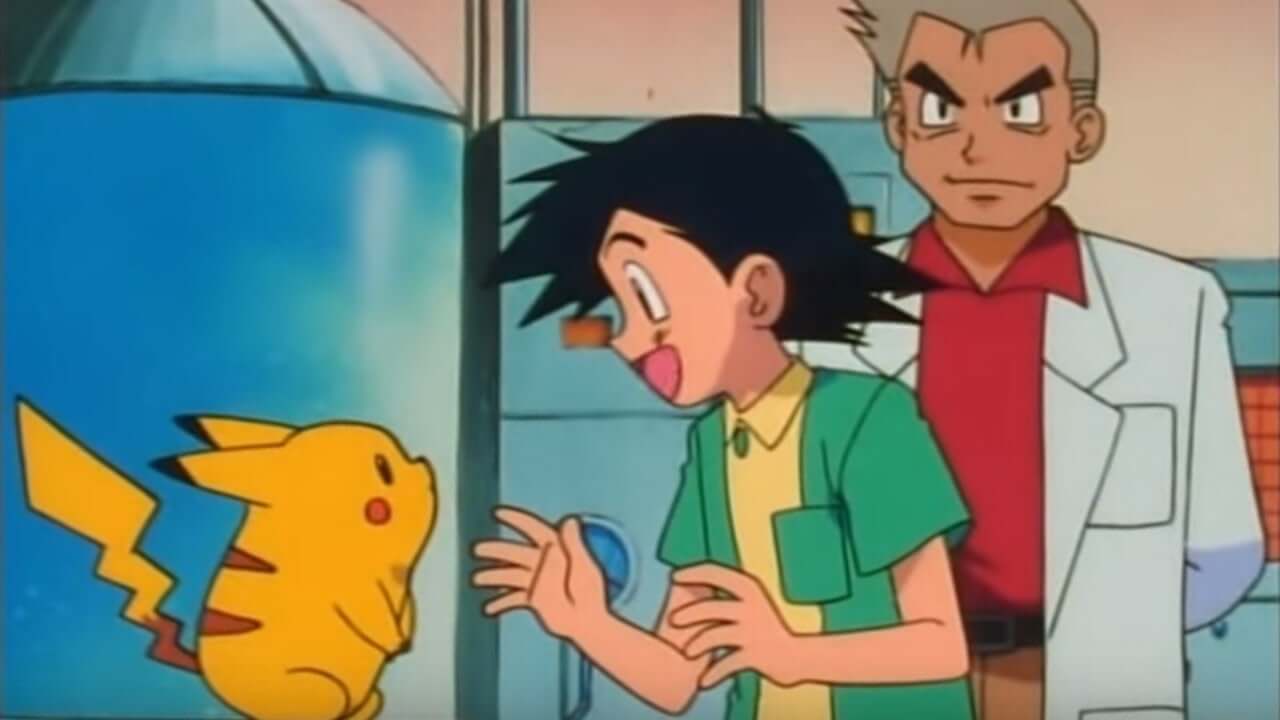
It’s easy to see how Pokémon could have turned out, with voice actors flatly and perfunctorily reciting their lines in a series that amounted to little more than a commercial for the wider franchise. After all, the Pokémon anime debuted a few weeks before the Red and Blue Game Boy titles would hit shelves. In retrospect, it was timed to be a crash course in the franchise. You’d learn some of the ins and outs of this new world by watching the show before being let loose on your own in the game’s quest.
But the story of Ash Ketchum (voiced with youthful, hardheaded zeal by Veronica Taylor) became a staple of a generation as proven by the numerous nostalgic pieces published when it was announced that Ash would be effectively retired as the lead character of the anime. Something about the brash boy from Pallet Town hit home for the anime’s audience. But Ketchum’s quest to be a “Pokémon Master” would not have been nearly as compelling without the help of his friends, the most important of which remains his traveling partner, Misty.
Rachael Lillis Helped Make Misty Into Something Special
In Misty, Ash found a thematic match of sorts. Rachael Lillis could’ve played Misty as a bratty hanger-on (and seeing how boy-centric much of the marketing was for late ‘90s anime, that would’ve been all-too-easy). Instead, she brought with her a developing sense of curiosity of someone trying to figure themself out as they explored new territory. Yes, she did provide the sitcom-style yelling voice of reason for Ash and lambasted him whenever he fell prey to delusions of his own future grandeur (and the show’s audience will never forget her futile cries of trying to get Ash Ketchum to pay for her ruined bike), but she was also relatable in her specific insecurities. Misty desperately tried to figure out how to stand up for herself and stand out in a world that mostly associated her with her flighty gym leader sisters.
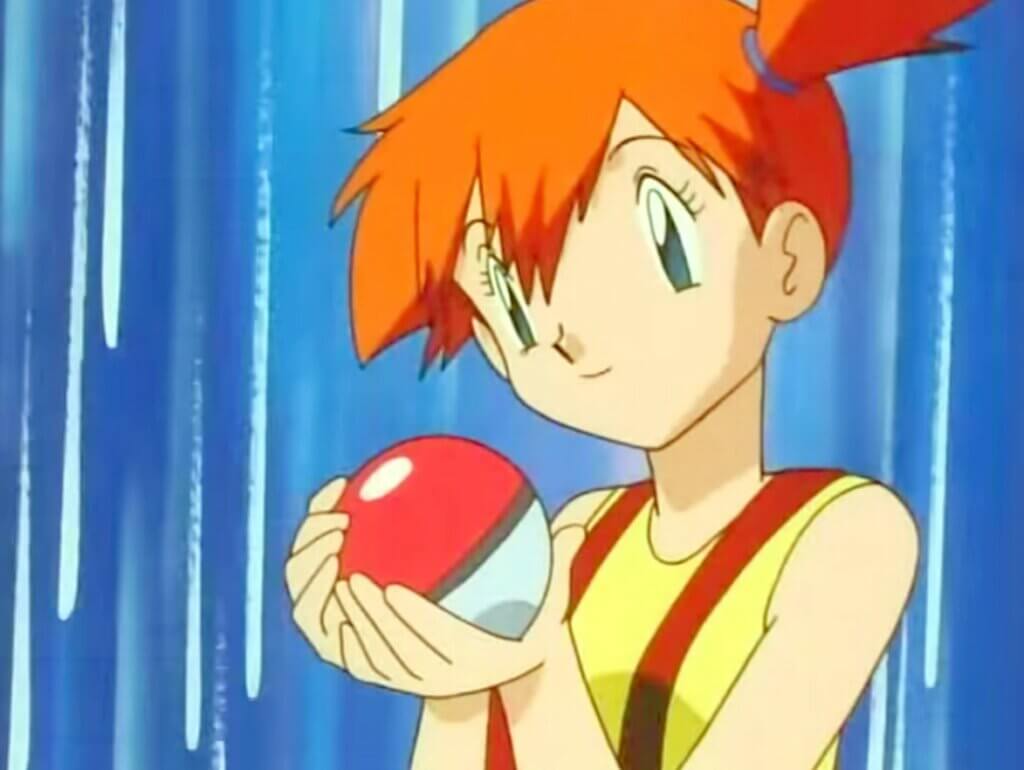
If anything, Misty was a voice for those kids that had to prove to others, like parents or teachers or older kids, that Pokémon was something worth their time. Ash Ketchum plunged ahead with bravado and starry-eyed wonder. He would’ve cared little for the cultural pundits that spent the late ‘90s regaling local TV viewers with stories of how the Pokémon phenomenon was eating their child alive, whether it was taking up their schedules or twisting their morals. Misty, on the other hand, was pulled between preteen self awareness and her own desires, and one could find her dealing with a grumbling inner monologue just as much as she proclaimed her own feelings. So Lillis not only imbued Misty with echoing courage, but gave her a soulful interiority, one that allowed her to develop into a fan-favorite.
And though it was certainly more cartoonish, Lillis ensured that Team Rocket’s Jessie didn’t descend into stock villainy. Though many episodes would end with the goofy wannabe villains “blasting off again,” Jessie (along with partner James, voiced with lunkheaded pathos by Eric Stuart, and the conniving, hilarious Meowth, voiced by Nathan Price and the late Maddie Blaustein) was given a beleaguered, underdog poignancy. Lillis treated her as both an outsized Poke-gangster and someone just trying to scrounge together a life. Meanwhile, Jessie’s relationship with James (something Lillis voiced with a kind of irritation and familial embrace) evolved into one of the most tender aspects of the series.
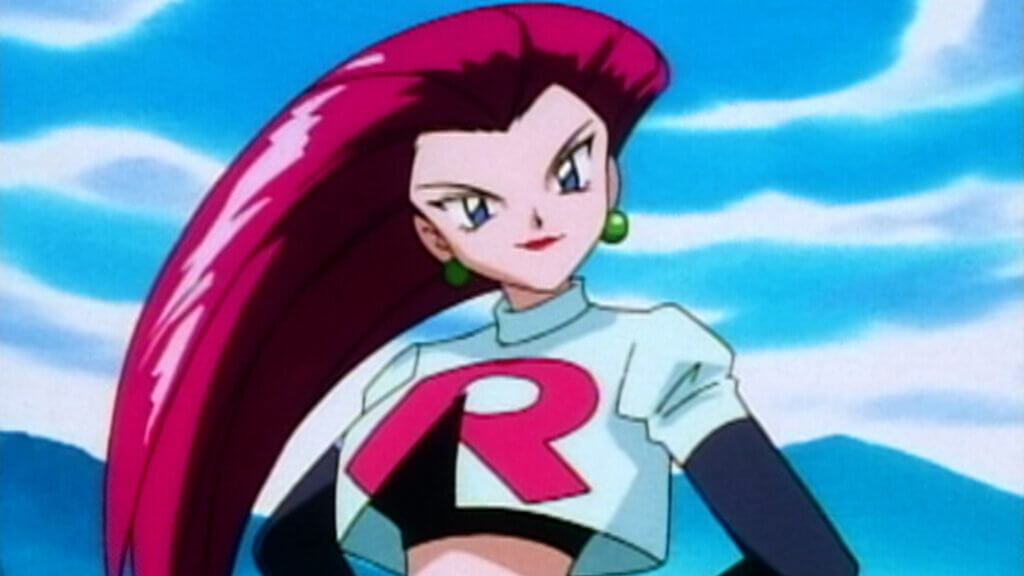
Pokémon Remains Popular Thanks To The Efforts Of Creatives Like Lillis
In 2024, it’s easy to take Pokémon, a near-unmatched unification of synergistic pillars and powerhouse mediums, for granted. But when it emerged in the U.S. in the fall of 1998, it would take far more than just a massive advertising budget to get kids and adults alike to latch onto it. Plenty of things have launched with the plan of getting in front of every eye in America and have failed in resounding fashion. In fact, that’s what many predicted for Pokémon – for it to be the next Tamagotchi (which had seen a quick rise in the US and a stunning fall), or Beanie Baby (which wouldn’t really survive the turn of the millennium), or even the Pet Rock (a flash-in-the-pan gimmick that has spent most of the time since its release forgotten by history).
Even a pillar as outright commercialized as the anime had to provide something for kids to chew on, something that made them look inward and say “Hey, that’s a little bit like me.” As Misty and Jessie, Rachael Lillis helped provide that. Millions of kids, glued to the screen in the early hours of the morning when Pokémon first erupted on syndicated American television, would find something there to identify with. Rachael Lillis didn’t create the characters themselves, but in her portrayal of them, she cemented them as global icons.
Edited by: Kaley Connell

Featured Sponsor - JAST
The sweetest romance and the darkest corruption, the biggest titles and the indie darlings; for visual novels and eroge, there's nowhere better.
Big thank you to our supporters
From their continous support, we are able to pay our team for their time and hard work on the site.
We have a Thank-You page dedicated to those who help us continue the work that we’ve been doing.
See our thank you page